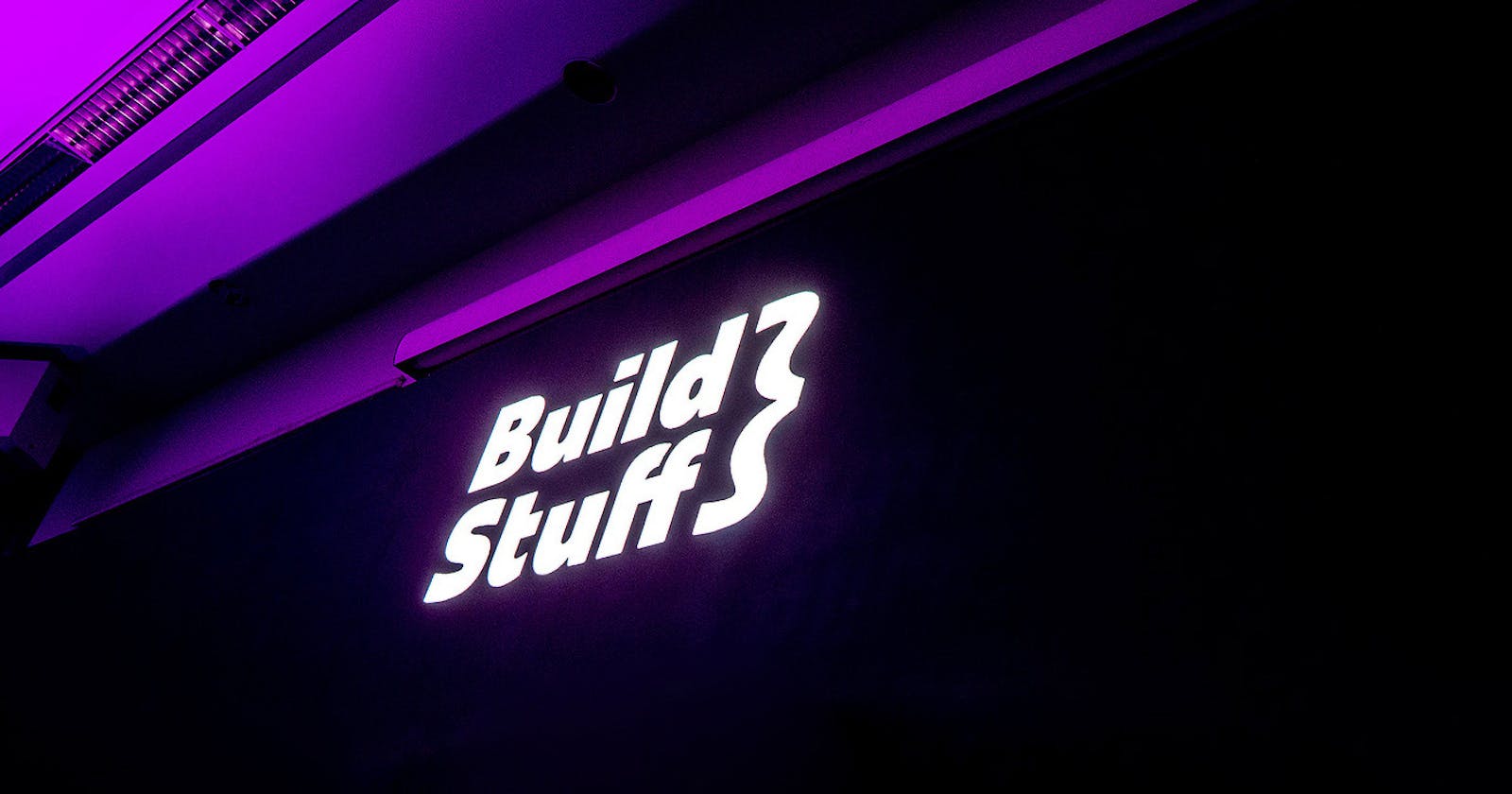Designing for the World: A Developer’s Guide to Localization – talk introduction
Accessibility for All: How Developers Can Master Localization and Reach New Users?
I am thrilled to be returning as a speaker at the Build Stuff conference for yet another year! I’m here in the heart of Vilnius, Lithuania, from November 15 to November 17, and I can’t wait to share with all of you my insights on continuous localization; this time with a twist!
About half a year ago, one of my good friends who runs the ADPList meetup in Zagreb contacted me to ask whether I could think of a topic that would be approachable and understandable to developers, designers, and even wider audience, such as product managers, testers, translators, and more! His only wish was that it was supposed to be written from a developer’s viewpoint. Suddenly, it clicked: I had a perfect area that I could talk and write about that caters to all mentioned audiences. And most importantly, I have a first-hand experience in it, so why wouldn’t I just prepare that topic?
So, I decided to prepare a topic about Continuous Localization in a way that brings everyone together – developers, designers, testers, product managers, translators, and customers! As I know a lot about this, my goal is to connect the dots and show you that when you think you know everything about localization, there is always something new that can help you put things into perspective.
What are my session goals?
As someone with 55% hearing loss in both ears, this topic is also experiential as it partially touches on some concepts important to hearing-impaired people. My primary goal is awareness – because if we want to go global with our product, we need to be able to truly connect with 8 billion people and that is where accessibility and localization come into play.
So, here are some key points we will explore in my session:
We will fully organize our session around examples. I want you to understand customers’ struggles, so I will challenge you to think about the examples we could discuss further during the talk.
It is important to fully understand internationalization (I18N) and localization (L10N). We need to know that they don’t include just translating phrases, it is much wider than that.
The choices that we make in our products can either help or scare away the customers and translators. So, we will learn what to keep an eye out for by putting ourselves in the shoes of different roles that directly work with our products.
We will understand why effective communication with developers is important to achieve success in localization and to reach the audience.
What impact can localization-ready websites and media have on customers out there? For example, when we mention captions, we first think of hearing-impaired and deaf people, but did you know that 80% of captioning users are not deaf? We’ll look at why this and similar facts matter and how localization done right can make a difference.
Could focusing on other aspects of accessibility enhance our localization efforts? Let’s find out why.
Can’t wait to see all of you at my talk! Be sure to join me in the Lambda room on Friday, November 17, from 10:00 to 10:45 EET (9:00 to 9:45 CET). And if you can’t make it to Vilnius, no worries! You can catch the session online at the pine.events platform, same place, same time!
